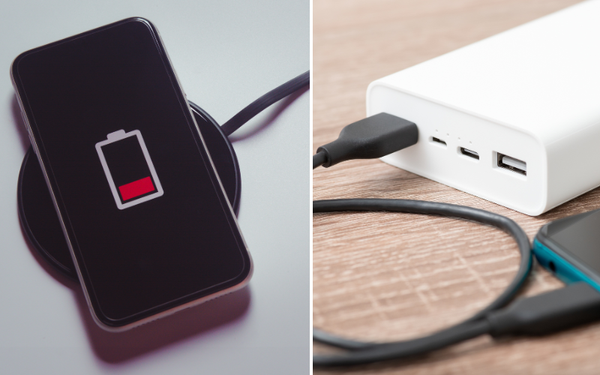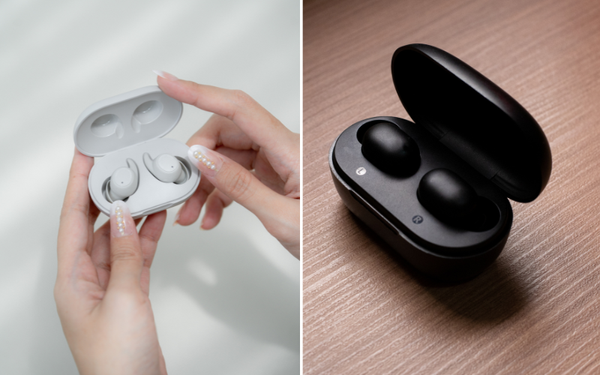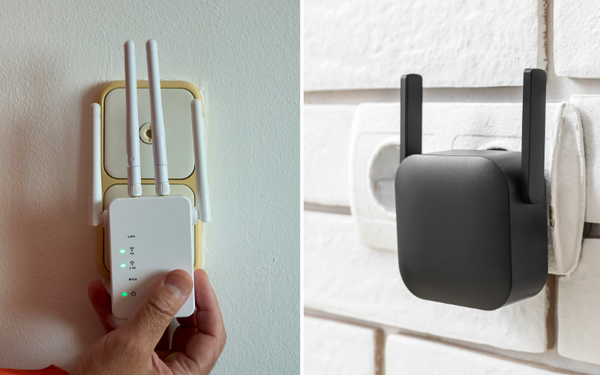Have you ever wondered how a fish finder knows it is detecting a fish? Modern technology has made fishing much simpler and easier, allowing anglers to more accurately locate their target species.
But how do these fish finders know when they are picking up a fish? Let’s explore the science behind these handy devices.
Understanding Sonar Technology
Fish finders work by utilizing sonar technology. The device sends out sound waves in a cone-like pattern and measures the time it takes for those waves to bounce off objects in the water and return back to the transducer.
It then interprets this information and displays it on the screen as various shapes and sizes of objects.
The way that sonar functions allows us to detect things like rocks, weeds, and yes—fish! A fish’s movement will cause a change in the wave patterns that are returned back to the unit – this is what makes it possible for us to identify them as living organisms.
This is known as “target separation” or “target isolation” – basically, separating a target from its background environment so that we can clearly see what is being detected.
Differentiating Fish from Other Objects
Modern fish finders have come a long way in terms of distinguishing between different types of targets. For example, some models are capable of distinguishing between different sizes of targets – meaning they can tell if an object is big enough to be considered a fish or too small (such as weeds).
Other models also feature algorithms that can distinguish between different shapes of objects – such as whether an object is round (like a rock) or elongated (like a fish).
This helps anglers more accurately determine whether they are looking at an actual fish or just debris in the water column.
Advanced Fish Finders Features
There are even advanced features on certain models that allow users to customize their settings so they can better differentiate between different types of objects – such as setting your unit to detect only large targets so you don’t have to worry about smaller items like weeds cluttering up your display screen.
Some units even have built-in temperature sensors that help anglers identify areas where there might be higher concentrations of particular species based on temperature preferences.
All these features combined make it much easier for anglers to locate their target species with accuracy and precision!
Conclusion
So now you know how a fish finder knows its detecting a fish! By sending out sound waves in cone-shaped patterns and interpreting the data collected once those waves bounce back off any objects, we can determine whether an object is likely to be plant life, debris, or indeed - a fish!
With modern advancements in technology, sonar has become increasingly sophisticated, allowing us to customize our settings so we get more accurate readings and thus increase our chances of catching our desired target species! With more precise readings than ever before, all we need now is luck!
Good luck fishing everyone!









